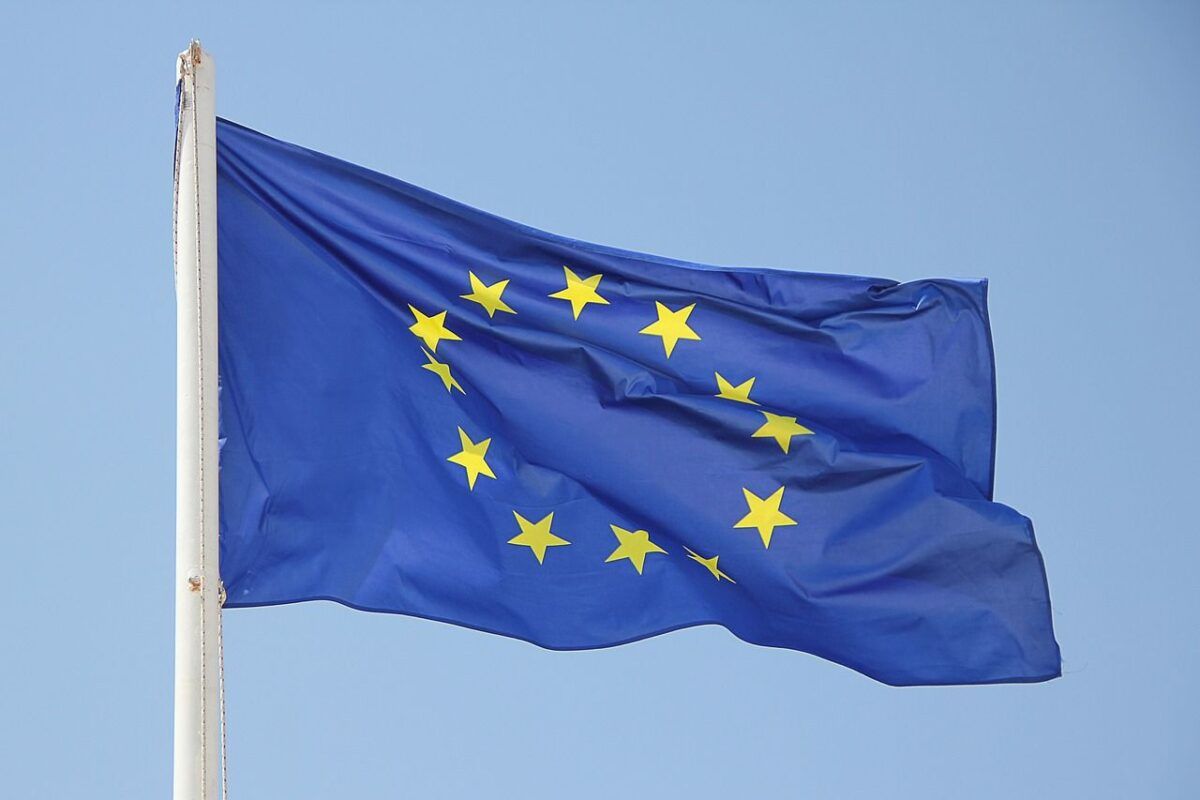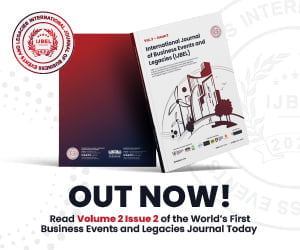The Entry/Exit System (EES) is an automated IT system for registering non-EU nationals traveling for a short stay, each time they cross the external borders of European countries using the system.
The EES will apply to all non-EU travelers travelling to a European country within the Schengen zone for short stays of up to 90 days within any 180-day period.
ACI EUROPE, A4E, ERA and IATA welcome the decision to postpone the implementation of the EU’s new smart border system for non-EU nationals, i.e., the Entry Exit System (EES).
The EES will be a game changer for how the EU’s borders are managed. There are, however, a number of issues which must be resolved to ensure a smooth roll out and operation of the new system so that air passengers do not face disruptions.
These issues include:
- Wider adoption and effective implementation of automation at national border crossing points by national authorities.
- Funding by Member States to ensure a sufficient number of trained staff and resources are deployed to manage the EU’s external border, particularly at airports.
- Deployment of sufficient resources to support the implementation of new procedures by airports and airlines.
- The need for a public communications campaign to alert third-country nationals to the new requirements.
The aviation industry is fully behind the roll out of EES and is committed to working with the EU and national authorities for a successful implementation. But it is important that the EU and national authorities address industry concerns and provide efficient co-ordination for effective implementation. This includes EU-LISA (the agency responsible for managing the system) strengthening its communications with the industry, and with international partners such as the US, to ensure IT systems are connected and compatible.
Postponing implementation until after the busy 2023 summer period will give airlines, airports and EU and national authorities the opportunity to resolve these issues and ensure the system is fully tested. We therefore urge all those involved to make the best use of the extra time now available to address the outstanding issues and ensure enough resources are deployed for its introduction. A new start date for EES should be set to ensure continued smooth aviation operations and in particular trouble-free processing of passengers at airports. This will help deliver the time savings the European Commission identified as the biggest benefit of EES.
Building traveller confidence with an effective rollout of EES is critical for the aviation sector as it continues its recovery.
About EES
The Entry/Exit System (EES) will be an automated IT system for registering travellers from third-countries, both short-stay visa holders and visa exempt travellers, each time they cross an EU external border. The system will register the person’s name, type of the travel document, biometric data (fingerprints and captured facial images) and the date and place of entry and exit, in full respect of fundamental rights and data protection.
It will also record refusals of entry. EES will replace the current system of manual stamping of passports, which is time consuming, does not provide reliable data on border crossings and does not allow a systematic detection of over-stayers (travellers who have exceeded the maximum duration of their authorised stay).
EES will contribute to prevent irregular migration and help protect the security of European citizens. The new system will also help bona fide third-country nationals to travel more easily while also identifying more efficiently over-stayers as well as cases of document and identity fraud. In addition to this, the system will enable to make a wider use of automated border control checks and self-service systems, which are quicker and more comfortable for the traveller.
The EES is expected to be operational end of May 2023.















